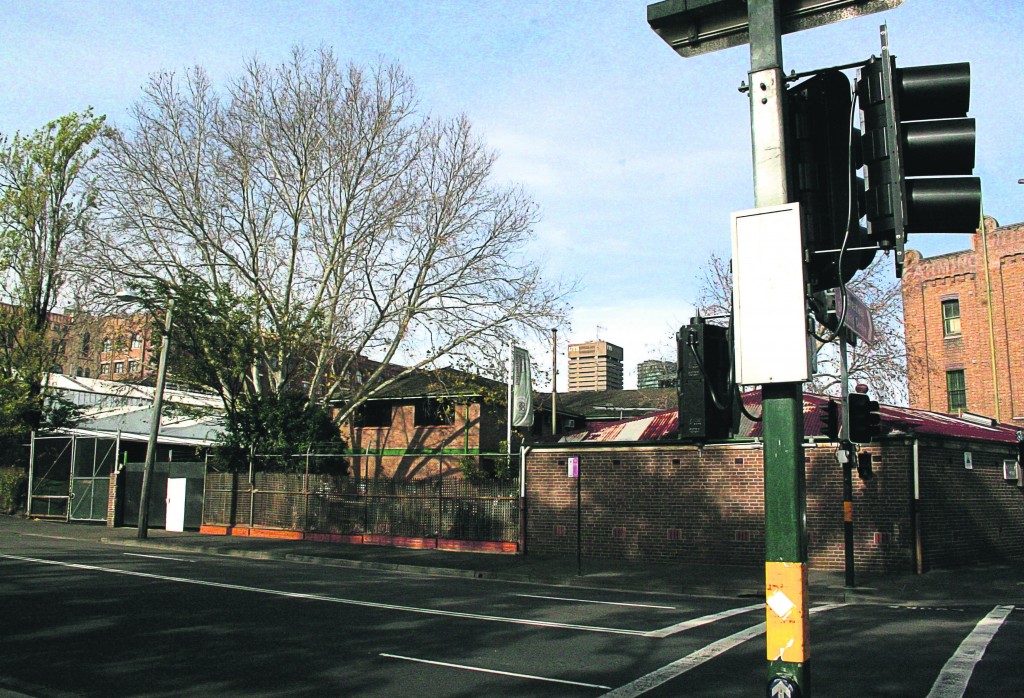Inner-city public schools face a double hit on capacity as the total population of the inner city and the percentage of the population with children increase. After falling for decades, the number of school-age children in the inner city is climbing.

Historically, families with children have been less common in the inner city than elsewhere. This trend is now reversing, being driven by a range of factors including increased congestion and the rising cost of commuting. The previous tendency to relocate to the suburbs after having children has largely disappeared, defying predictions of falling demand for schools, and wrong-footing planners who must now scramble to catch up.
The state government responded by forming the Inner City Schools Working Party in 2012. It produced a report on primary schools, and recommended an extra primary school be built. Instead, it appears that the government has decided to relocate Ultimo Primary School to a former council depot on Wattle Street.
The working party is now consulting parents and residents, in preparation for a report on secondary schools. One consultative workshop, at Alexandria Park Community School, was told that one medium- to long-term option being considered is a new “vertical school”, a high-rise school, because “the highest cost is land”, and because persuading Treasury to fund infrastructure spending is “a competition”.
According to the Education Department’s figures, public secondary schools in the majority of the inner city’s suburbs are near, at or over capacity, including Alexandria Park, Balmain, Blackwattle Bay, Newtown and Tempe. Dulwich High and Leichhardt have some capacity, about nine spare classrooms each. Leichhardt is predicted to be full in a little over four years. Dulwich High is expected to continue to grow, but slowly enough so that there is no immediate likelihood of being over capacity.
Only J.J. Cahill Memorial High School and Marrickville High School have significant capacity, with 35 and 30 spare classrooms respectively, and this is at least in part because they are poorly rated by parents – an opinion evidenced by their relatively low scores on the MySchool website. Even if parents could somehow be persuaded to send their children to these two schools, the area overall will still reach capacity by around the end of the decade.
Based on material provided by the Inner City Schools Working Party, the most likely short-term measures appear to be shrinking school catchment boundaries, and more strictly enforcing them. Up to 30 per cent of students at non-selective inner-city public secondary schools are “out of area” students, attracted by good MySchool ratings and other factors.
It is not clear, at this time, whether the relocated Ultimo Primary School is intended to be a vertical school. It does seem clear that the relocation will be at least partially funded by selling the land under the existing primary school.




